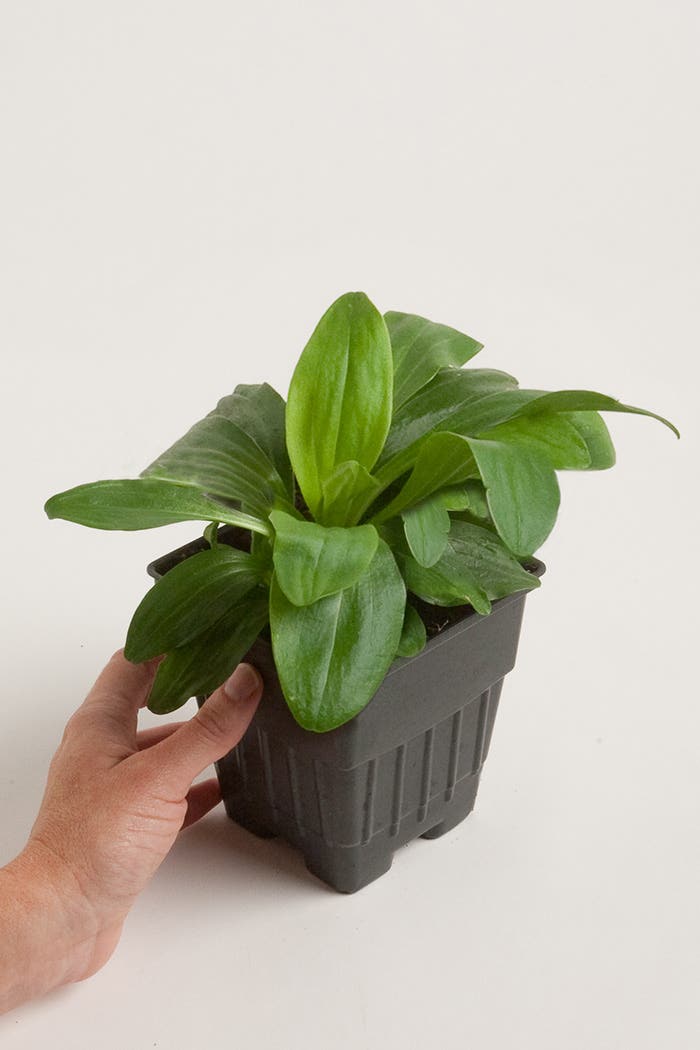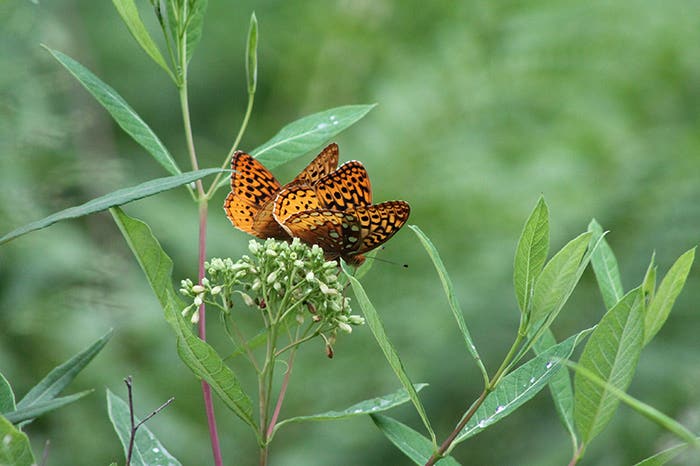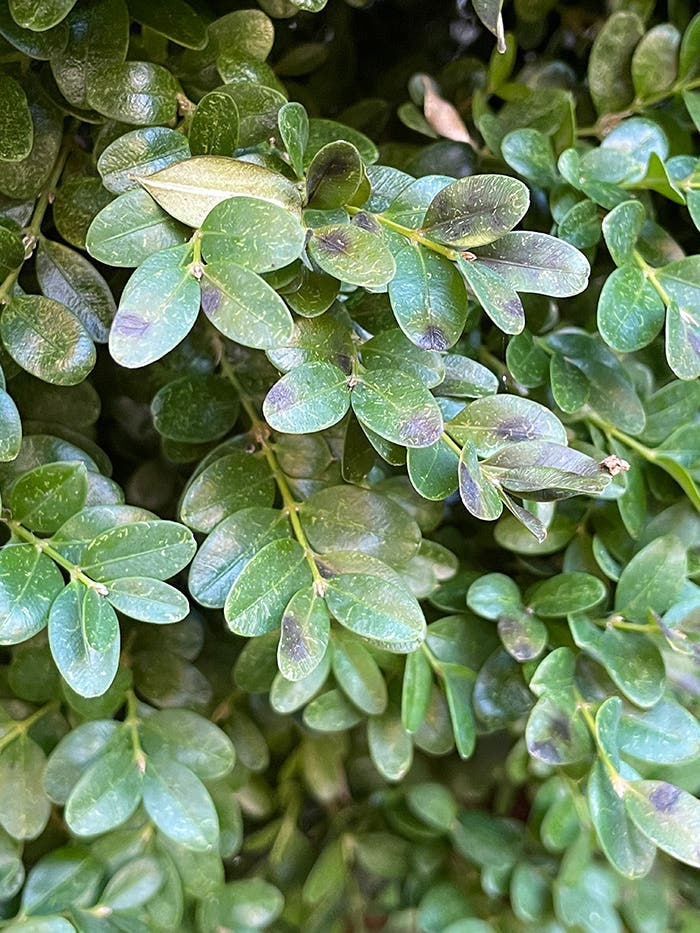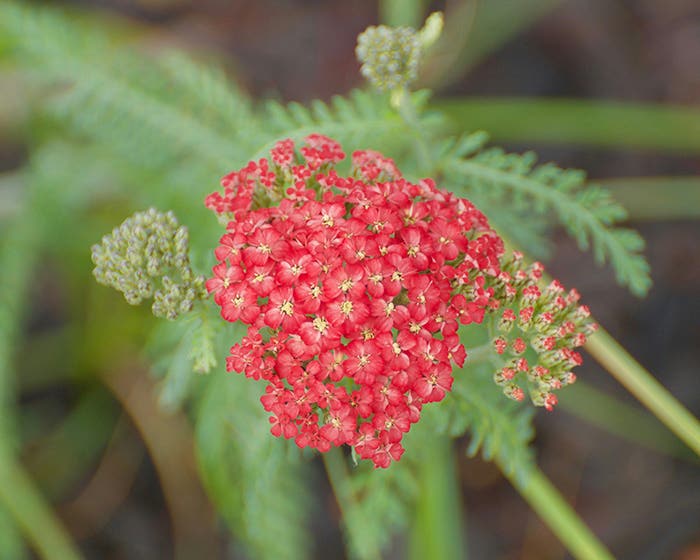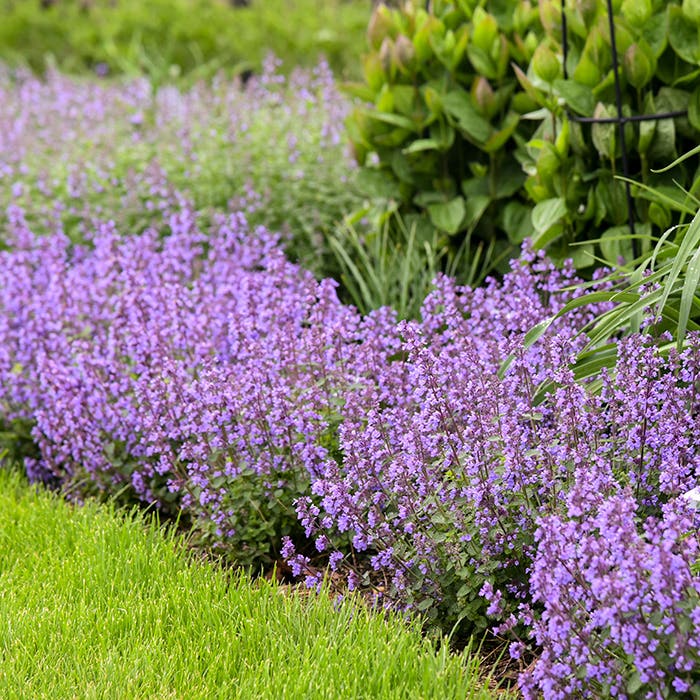Western Gardening Tips for Hot, Dry, Windy Climates
For many gardeners, a dry spell simply means hauling out the hose and giving the plants a drink to bridge the gap between rains. In the western United States, though,…
For many gardeners, a dry spell simply means hauling out the hose and giving the plants a drink to bridge the gap between rains. In the western United States, though, precipitation falls often weeks, if not months, apart. Here’s how western gardeners, or anyone facing continuously oven-like conditions, can achieve a gorgeous garden.
Understanding the conditions
Every region has reasons to make gardeners question their sanity. The West’s arid to semi-arid climate accentuated by frequent winds completely changes how you plant and tend to your garden, particularly if you want to grow flowers and vegetables.
“Here it is so dry, when you combine it with the wind, it creates havoc,” says James Klett, professor at the Colorado University Department of Horticulture and Landscape Architecture, as well as a board member of Plant Select, a horticulture organization that collaborates with CSU and the Denver Botanic Gardens to offer plants that thrive in these harsh conditions.
Throughout the West, the prevailing winds come by a multitude of names and characteristics. For instance, the notorious hot, dry Santa Ana winds predominate the landscape throughout Southern California, Utah and Nevada during the fall and winter months. These damage new plantings as well as established ones, thanks to their extreme nature.
Along the mountain ranges in Washington, Wyoming, Montana and Colorado, various wind events develop by pressure changes interacting with the terrain. While these regions are breezy most of the year, winds in the spring and fall come particularly strong.
Across the Rocky Mountain Front, the Chinooks wreak havoc on the landscape. These powerful southern gusts are also called the snow eaters, because as they blow the temperature can rise more than 50 degrees in 24 hours. With such dramatic temperature fluctuations, perennials sometimes heave themselves out of the ground, and trees and shrubs take a beating.
Wind is particularly difficult on new plantings. It’s stressful enough for seedlings going into the cold, spring ground, let alone being whipped to death by the wind. And seedbeds can be scoured free of topsoil if not protected. In the summer, plants may wilt in the heat of the afternoon, particularly when a hot breeze desiccates them further.
Windbreaks and More
Successful planting in the West starts with natural or constructed windbreaks to protect the garden. Some sort of fence along the western perimeter, which is often where the strongest winds prevail, will prove its worth, making up for the sunlight it steals.
“It’s so important to keep in mind when you’re starting or planning a garden to think of the wind,” says Klett. Siting a garden out in the open is a recipe for heartache in many of these regions. Instead, use features on the property, whether the house, outbuildings, fence or hedgerow, to shield the plants. Klett points out that the height of a tree or fence will protect the area downwind of it to twice its height. This means a six-foot privacy fence will offer protection for anything growing within 12 feet of its leeward side. The shadow of the fence or hedgerow also benefits many plants in these regions where the sun is high and hot during the summer.
Wind screening is equally important to transplants in the vegetable garden, where permanent shade may not be desired. Klett says gardeners can use simple, temporary means of wind protection such as milk cartons set over individual plants or a tall board set up along a row of plants. Cutting out the bottom of a one-gallon nursery pot and placing it over transplants also does the trick, as do Wall O Waters. These shelter plants from the wind as well as any cool nights.
Larger aspects of the landscape, such as trees and shrubs, also benefit from extra care. Klett points out the importance of staking new trees to prevent the root ball from shifting. Properly pruned trees are also less likely to suffer from wind damage due to flaws in their form. Branches often break off of vulnerable trees and tender ones toughen quickly or perish.
“We see a lot of that here when we have the Chinook winds,” Klett says. This is equally true of any dramatic wind event throughout the West. It’s better to prune before Mother Nature does.
Staking or somehow shielding the plants is equally key for tall perennials. Delphiniums, foxgloves and sunflowers can grow to spectacular heights in the intense daylight of the West, but the wind can snap them quickly. Plant these against a fence or provide some sort of support.
Effective Watering
While the wind is a force that must be reckoned with on many levels, it can offer benefits to gardeners who receive regular snowfall.
“The wind can be helpful if you have windbreaks to collect the snow,” says Klett. “It’s important in this part of the country.” For this, set up a temporary fence upwind of the garden or any area where you wish to collect water or prevent drifting. Typical snow fencing typically is made of plastic mesh with openings roughly an inch in diameter, reminiscent of a beefy chicken wire. Most of the time it’s secured to t-posts. Creative gardeners also use slat fencing, which often comes in rolls, or even pallets. Any good snow fence combines open areas that allow the wind to pass through while slowing it down enough to collect the snow.
Northern gardeners in these windy western areas must also water in the wintertime. A few days with temperatures above 40˚F—common during the Chinooks—offer a chance to give new trees, conifers, shrubs and perennials a good drink.
Throughout the growing season, how you water makes a difference. Klett says, “With the wind, if you do overhead irrigation, it’s just going to blow away.” Instead, use drip irrigation to keep the water where you need it the most, which is right next to the plants.
Although it’s often consider taboo to water late in the day, timing rules are also bent in these situations. If the winds die down in the evening, it’s time to water without worry of evaporation. Happily, mildew and other diseases aren’t as much of an issue here as in more humid parts.
Mulch is another beneficial tool, especially for annual flowers and the vegetable garden. For vegetables, planting through plastic, including the red plastic that promotes growth in tomatoes, reduces weed production and retains water. First set down the drip irrigation along the row or bed where you’re going to plant and pull the plastic over the area and secure to the ground. When you’re ready to plant, cut a slit in the plastic for each transplant.
Natural mulch options include shredded bark or landscape rock in decorative beds, as well as grass clippings (as long as the lawn hasn’t been sprayed) or even multiple layers of newspaper and straw in edible gardens. Whatever you can do to prevent evaporation is beneficial to the plants.
Growing in the West presents plenty of challenges, but if gardeners adapt and employ techniques to conserve water and protect the plants from the drying winds, stunning landscapes are on the horizon.
Image credit: Garden in West Jordan, Utah. Public Domain.


